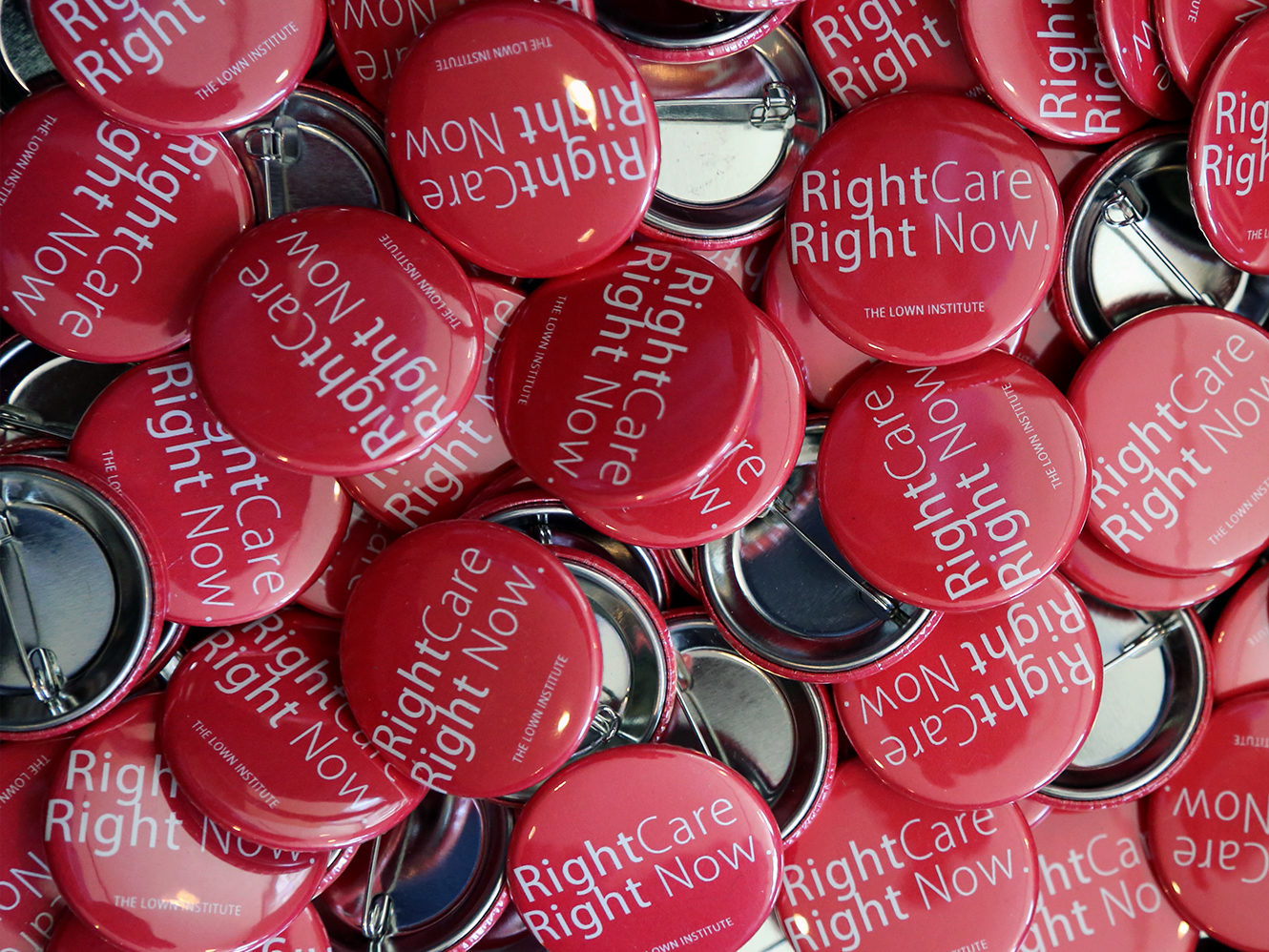Part 1: Clinicians

The cost of health care has reached staggering proportions – how did this happen? Is it because clinicians prescribe too many unnecessary services? Or that patients request them? What about big pharma and medical device companies, which profit from raising prices indiscriminately? Or is it that hospitals pay their CEOs millions but have no incentive to cut costs?
In anticipation of Right Care Action Week, we are taking on the case of high health care costs one “suspect” at a time. Check back on the blog each week leading up to Right Care Action Week for each new edition! And don’t forget to tune in to the Digital Citizen Hearing on October 20, 2017, to hear what we learned about health care costs during RCAW and what we plan on doing about it!
Read the entire blog series – Part 1: Clinicians, Part 2: Patients, Part 3: Industry, and Part 4: Hospitals.
Unnecessary Care
About a third of health care spending is wasted, and clinicians contribute to this waste by providing unnecessary tests and procedures. Overuse is widespread; 42% of primary care physicians in a national survey said they believe patients in their practice receive too much medical care. Part of overuse is defensive, to avoid missing something rare or ensure against possible malpractice suits. Clinicians also perform these services because habits were passed down during training, because they believe that “more is better,” or because they don’t have time for an in-depth conversation with the patient to explain why the test or procedure is unnecessary.
Financial incentives
Clinicians are susceptible to financial incentives. The fee-for-service system encourages clinicians to do more to the patient instead of doing more for the patient. There is evidence that clinicians, often subconsciously, compensate for having fewer patients by increasing the number of procedures they perform on them. Also, studies have found that clinicians are influenced by gifts from industry, even those as seemingly insignificant as a free lunch. In the most egregious cases, clinicians can receive kickbacks for prescribing certain drugs or medical devices, encouraging inappropriate use and spending.
Low awareness of cost
Clinicians care about their patients and do not want to increase their financial burden. However, few clinicians discuss the cost of treatment with their patients before making treatment decisions or elicit patient concerns about cost. In a recent survey, only primary care physicians cited cost as a primary factor when deciding what treatment to prescribe.

